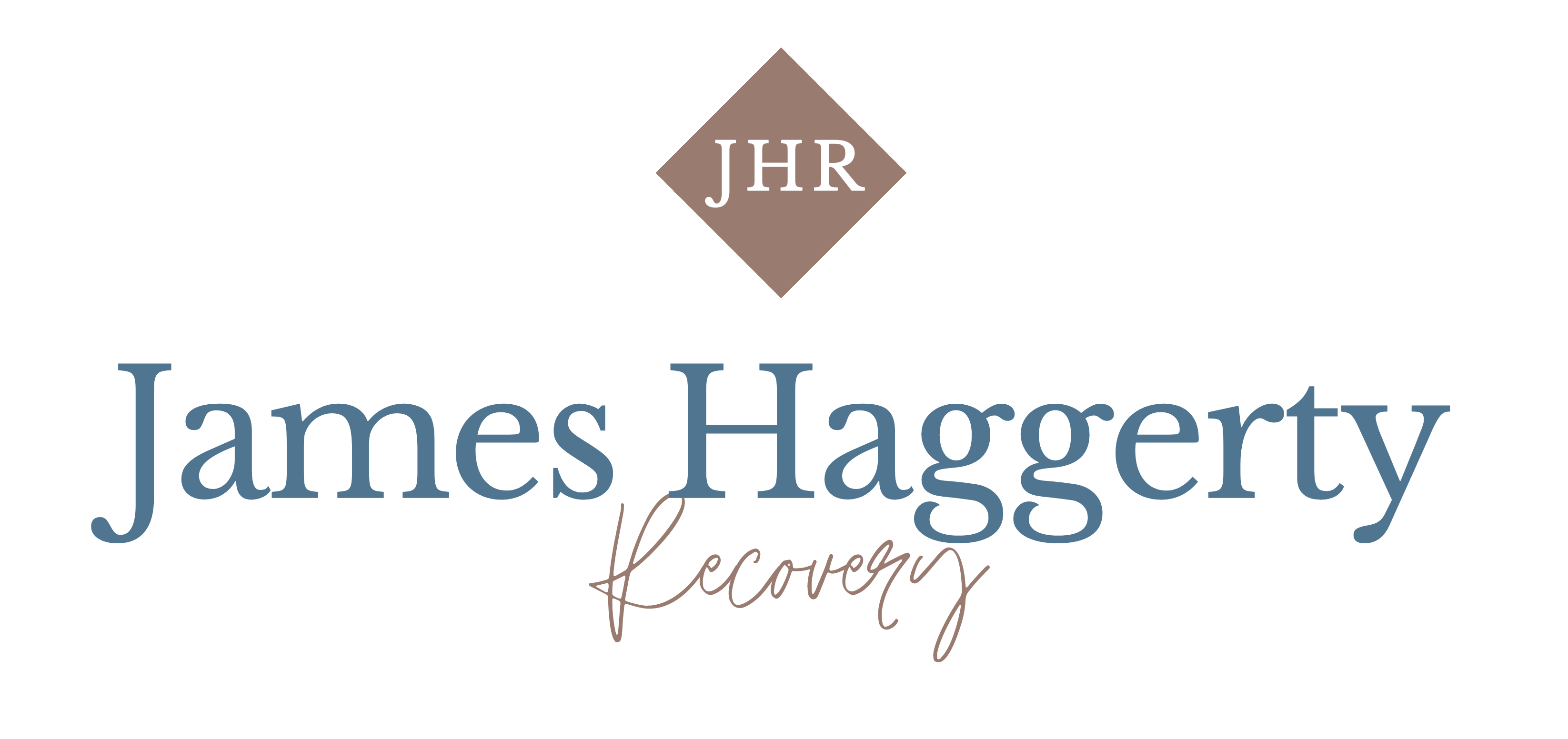Strategies to Improve Cost Management
Costs are a major part in what makes a business profitable. Higher costs will show in your profit margins later on, and if you are running a business, poor cost control strategies can lead to profits lost.
What are cost control strategies? Cost control strategies are improvements in management, product process, sourcing, or anything where a cost is typically applied to your business. These costs add up over time and can make or break your business. Improving cost management can be simple once you know how it is done. The main principle is to reduce costs in the production, manufacturing, or management area of your business.
Here are five simple strategies you can implement:
1. Target Costing
The process of reducing the manufacturing cost during the design phase of a product. The designers, engineers, etc., focus their efforts on finding manufacturing, production, etc.
2. Targeted Kaizen Costing or “Cycle for Continuous Improvement”
An early manufacturing phase of costing that enables the rapid implementation of new ideas to the manufacturing process. The key with Kaizen based costing is to keep the functionality and the quality of the product the same throughout the change of the manufacturing process.
3. General Kaizen Costing
Similar to Targeted Kaizen costing, but is applied throughout the manufacturing cycle. General Kaizen Costing seeks to improve all of the steps simultaneously, through the implementation of new technology, new manufacturing strategies, and more.
4. Functional Group Management
Amanagement strategy used to break down the building process and look at the production groups as autonomous entities that make a profit. Many management strategies are inclined to look at production groups as cost centers. Functional group management seeks to change that management type to be more supportive of autonomous groups that focus on the profit, not the costs of stations.
5. Product Costing
A general costing strategy that implements strategies from all previously mentioned cost management methods. Product costing involves keeping an open mind about suggestions and being willing to make changes to the manufacturing, production, or management processes.
Having some general ideas and strategies about how you can approach the complicated issues that arise from cost management can help grow your business. You can even offer incentives to production employees who come up with good ideas to help keep the creativity in the workplace going.
Understanding Strategic Cost Management
At its core, strategic cost management is the active monitoring and management of your expenses. In large-scale production and manufacturing businesses, this can lead to savings of cents to dollars per unit made. Even small businesses that only have a few employees can benefit greatly from managing costs.
In fact, small businesses are among the most likely to see the benefits of cost management systems. While large scale production companies can certainly improve their efficiency and help save money through alternative sources, businesses with smaller budgets benefit from cost management too.
What are the techniques of strategic cost management?
Before we look into other techniques for cost management, be aware of how to identify costs and expenses. If you can’t identify costs and expenses, you can’t identify where you can improve them in the future.
To get started, here are some steps you can follow to define costs:
1. Find fixed and variable expenses
Ideally, this will be done by an accountant or CFO service who can separate fixed and variable expenses. Variable expenses are those which you have some control over and may change with time, such as materials or labor. Fixed expenses are those which are not tied to revenue, such as rent, insurance, or payroll.
2. Compile your expenses & create a budget
Once you identify your expenses, use accounting software to compile them. Using accounting software makes it much easier to see where you need the most cost management help.
Once you have your expenses, make a budget for your business. It can be difficult to create a budget right away, so having an accountant or consultant help you with this process can be a time saver.
3. Create a Cost Management Strategy
Now is the time to create a cost management strategy for your business. With both listed expenditures and a budget as a goal, putting a cost management plan in place will let you target which areas need the most work.
4. Reduce Costs
Your cost management strategy should help you reduce your costs over a long period of time. Also, they can evolve with your business to help you continue to reduce costs.
When you are looking at how to reduce your costs you should split your focus between variable and fixed expenditures. Variable expenditures will likely be your biggest fluctuation and the place in which you can find the most savings in the long-term.
To improve your variable costs, look at:
- Value Discounts: If you are a manufacturing or production business, chances are you purchase materials on a massive scale. Some vendors might have a discount that is beneficial for the number of materials you are buying.
- Vendor Contracts: Set reminders with enough time to actively check on other contracts before your active vendor contracts expire. Check the rates of other vendors to find a better deal.
- Centralize Purchasing: Have a single area or person who is in charge of purchasing material, labor, making contracts, etc. This centralized person or group will need to make financially responsible decisions and can help you get to know more about materials cost and how you can save more money.
Fixed expenses are sometimes more difficult to identify in the short term and may require frequent management. Here are a few areas where fixed expenses may help your business:
- Outsourcing Materials: Sometimes contracting closely with a company is an option. For example, another company makes certain materials for you. Outsourcing can be cheaper and faster than making it yourself.
- Downsize: Although it might seem painful to consider, rapid expansion will lead to greater expenses. If you are wasting space, you could be spending too much on rent, labor, energy, and more.
- Energy Efficiency: When looking at large production chains, you will start to use a staggering amount of electricity. Reduce the use of power by implementing efficient appliances. It can make a big difference in cost reductions.
Strategic Cost Management Tools
When you begin looking for cost management tools, you will find that many people, programs, gadgets, etc., can help you increase your overall cost efficiency. One of the best tools you can make use of is people. Listening to suggestions and targeting key areas is a great solution for strategic cost management.
Here are three different options you can use for your cost management:
1. Hire Professionals
Hiring business professionals, accountants, designers, and more can help improve the efficiency of your strategic cost management. These professions work together in the business environment to come up with more efficient solutions. This could involve outsourcing certain materials, setting up sister companies, improving floor layout, changing designs—all things capable of being improved by professionals.
Keep in mind that the people who you hire for these roles need to be trustworthy, so relying on experience, hiring internally, and getting multiple opinions can ensure the process goes smoothly. Hiring professionals is best for companies that have a lot of costs or are generally larger in size.
2. Third-Party Business Consultant
Another tool you can use is a third-party management company that reviews each step of your business. These companies specialize in analyzing businesses. Third-party analysis is probably the most efficient option for those seeking solutions as a large-to-medium sized business. Many consultants suggest other available options, such as training for existing managers or production analysis.
3. Self-Analysis
Finally, you can take attempts at compiling, analyzing, and formatting the raw data yourself or with a few select individuals. If you are the owner of a small business, or don’t really have a lot of costs that you have to manage for your business, it’s a viable option.
Here are a few programs that can help you manage your business more efficiently and improve your overall cost management abilities.
- Xero
- QuickBooks
- Shift
- Asana
- Zendesk
- Dropbox
- Constant Contact
- And more.
Some of the programs are specific to project management, communication, shifts, and paychecks. The benefit of using these kinds of programs is that you can save the information easily once you have changed over to them.
Getting Professional Cost Management Consulting
Need help? Apogee System Consultants can help you with cost management and business growth. We have a range of services to help you get the most out of your internal processes. Contact us to get your business management strategy underway today. We’ll assess your project for free to determine if we’re a good fit. It doesn’t hurt to ask!


















